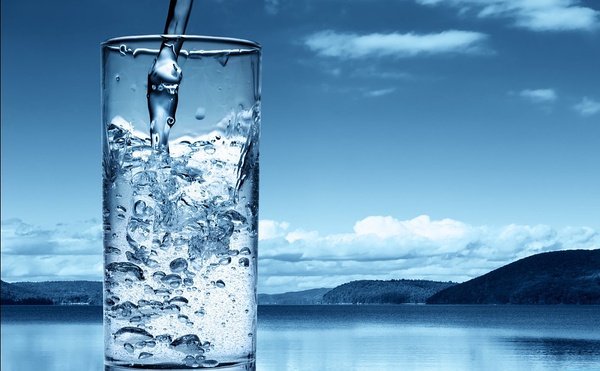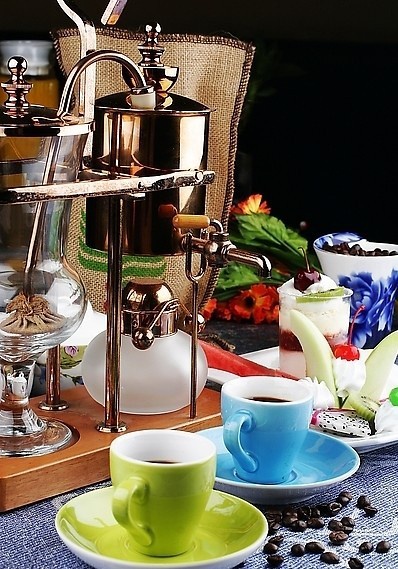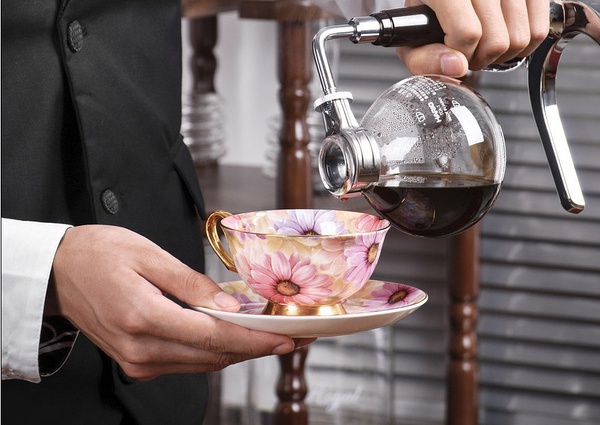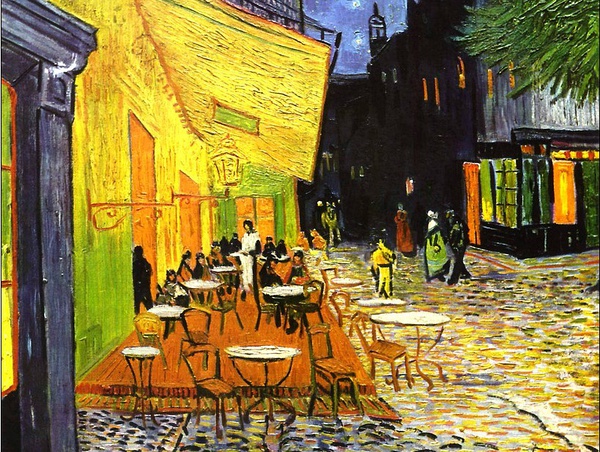How to make a good cup of coffee we need to grasp the following seven basic principles

To make a good cup of coffee, we need to grasp the following seven basic principles:
1. Pick out defective beans by hand
Explanation: global warming, frequent natural disasters and the application of pesticides are all reasons for the high proportion of defective beans. Through the hand selection of raw beans and cooked beans, the defective beans can be selected as far as possible, which can make the taste of the coffee purer, show the real flavor more accurately, and avoid producing unpleasant smells.
2. Freshly roasted coffee beans

Explanation: after a short baking period, the flavor of coffee beans reached its peak. In the case of proper preservation, the coffee beans in the first 2 weeks are considered to be in the most fresh period (especially the extraction of Espresso needs fresh), and the coffee beans in the first 6 weeks are relatively fresh. Once ground into coffee powder, more than 50% of the active flavor will escape within 5 minutes, so freshly ground coffee powder has only a short "fresh period" of 5 minutes. Need to be on-demand, quantitative, real-time grinding before extraction-make a cup of powder, do not be lazy, and any purchase of coffee powder is unprofessional.
3. Correct and high-level grinding

Explanation: proper grinding means that the grinding thickness must be determined with reference to the roasting degree of coffee beans and the brewing extraction method and equipment. High-level grinding means higher grinding uniformity, which is very good for extraction equilibrium.
4. the brewing water quality is good.

Explanation: we need fresh (high oxygen content, dynamic), no peculiar smell, moderate pH (PH close to 7), pollution-free soft water (hardness is 70--80mg/L)
5. Control the appropriate extraction water temperature.

Explanation: theoretically, in the process of brewing and extraction (the roasting degree of coffee beans is 55murm65 according to the SCAA standard), the temperature of hot water in contact with coffee powder should be kept at 91Mel 94 degrees, which we call the best extraction water temperature. Of course, this temperature range is a theoretical value, and experienced producers don't have to be too dogmatic. In practical applications, the best extraction water temperature may be lower for specific brewing utensils, or for a certain type of deep-roasted coffee beans, or for a coffee bean that is finely ground, even up to 85 MFLI 88 degrees. And vice versa. In addition, it should be noted that some auxiliary movements before the powder and water come into contact are bound to take a small amount of time, and the hot water at room temperature will have a natural cooling of 3 Murray and 4 degrees, which we have to consider.
6. Proper ratio of water and powder and suitable brewing equipment.

Explanation: before making coffee, we need to determine the ratio of powder to water, how much coffee corresponds to how much water. In addition, personal taste preference is also an important standard to refer to, and the extra water absorption of coffee powder is also one of the factors that can be accurately considered (1g coffee powder may absorb 2Mel 3G). In addition, each different brewing equipment has different technical characteristics, and the coffee produced is naturally very different, some pure and light, some rich, some well balanced, some layered. We should master the brewing methods of different devices, practice alternately in daily life, compare and try, find the best brewing combination, and find the most handy equipment.
7. Precise and gentle brewing

Explanation: brewing is a short process and a highly skilled job. Within tens of seconds or minutes of contact with powder and water, the temperature is gradually changing, and the aromatic oils, caffeine and bitter substances of coffee beans will be extracted over time. How to achieve the established coffee extraction degree in the shortest possible time is critical-what we need is as much of the essence of coffee as possible and as few unpleasant substances as possible. We also need to explain the word "gentle". We remember that when we were young, we learned to ride a bike. At first, we clung to the bikes with both hands and exerted all our strength, but we couldn't control it. The harder we worked, the more we couldn't control it. Later, I know the secret: be sure to hold the faucet gently and gently, and you can control it all at once. In fact, making coffee also needs to show the kind of tenderness that "governing a big country is like cooking a little fresh". In the brewing process, the limited movements such as stirring, pressing, and showering should be as gentle and gentle as possible, so that we can tame the coffee and produce satisfactory coffee.
In many foreign cafes, regular customers will walk directly into the bar, choose which barista to brew, enjoy the coffee and chat at the same time.

Because every barista has his or her own personality, the flavor of coffee is very different. From a certain point of view, coffee culture is a kind of DIY culture that shows personality, and there is an equally excellent maker behind every perfect cup of coffee. Coffee made according to the rules like a pure textbook may be delicious, but it may not be wonderful because of the lack of soul.
I'm in charge of my coffee! We need to learn to make a good cup of coffee that is full of self-flavor-not only in line with professional principles, but also deeply self-branded.
Important Notice :
前街咖啡 FrontStreet Coffee has moved to new addredd:
FrontStreet Coffee Address: 315,Donghua East Road,GuangZhou
Tel:020 38364473
- Prev

Espresso extraction technology how to make a good cup of espresso
Over the past two years, more and more friends have joined the ranks of espresso, which can be said to be an unprecedented increase. I would like to share some personal experiences and summaries here to avoid a large cultural background and serve only as a technical tutorial for a good drink or cooking a good dish. First, enough fine and uniform coffee powder esp extraction has a higher pressure, so it is necessary to use enough fine powder. On the premise of detail
- Next

How to make a good cup of coffee we need to grasp the following seven basic principles
To make a good cup of coffee, we need to grasp the following seven basic principles: 1, through hand-selection, picking out defective beans to explain: global warming, frequent natural disasters and the application of pesticides are all the reasons for the high proportion of defective beans. Through the hand selection of raw beans and cooked beans, defective beans can be selected as far as possible, which can make the taste of coffee purer, express the real flavor more accurately, and avoid raw beans.
Related
- Detailed explanation of Jadeite planting Land in Panamanian Jadeite Manor introduction to the grading system of Jadeite competitive bidding, Red bid, Green bid and Rose Summer
- Story of Coffee planting in Brenka region of Costa Rica Stonehenge Manor anaerobic heavy honey treatment of flavor mouth
- What's on the barrel of Blue Mountain Coffee beans?
- Can American coffee also pull flowers? How to use hot American style to pull out a good-looking pattern?
- Can you make a cold extract with coffee beans? What is the right proportion for cold-extracted coffee formula?
- Indonesian PWN Gold Mandrine Coffee Origin Features Flavor How to Chong? Mandolin coffee is American.
- A brief introduction to the flavor characteristics of Brazilian yellow bourbon coffee beans
- What is the effect of different water quality on the flavor of cold-extracted coffee? What kind of water is best for brewing coffee?
- Why do you think of Rose Summer whenever you mention Panamanian coffee?
- Introduction to the characteristics of authentic blue mountain coffee bean producing areas? What is the CIB Coffee Authority in Jamaica?

